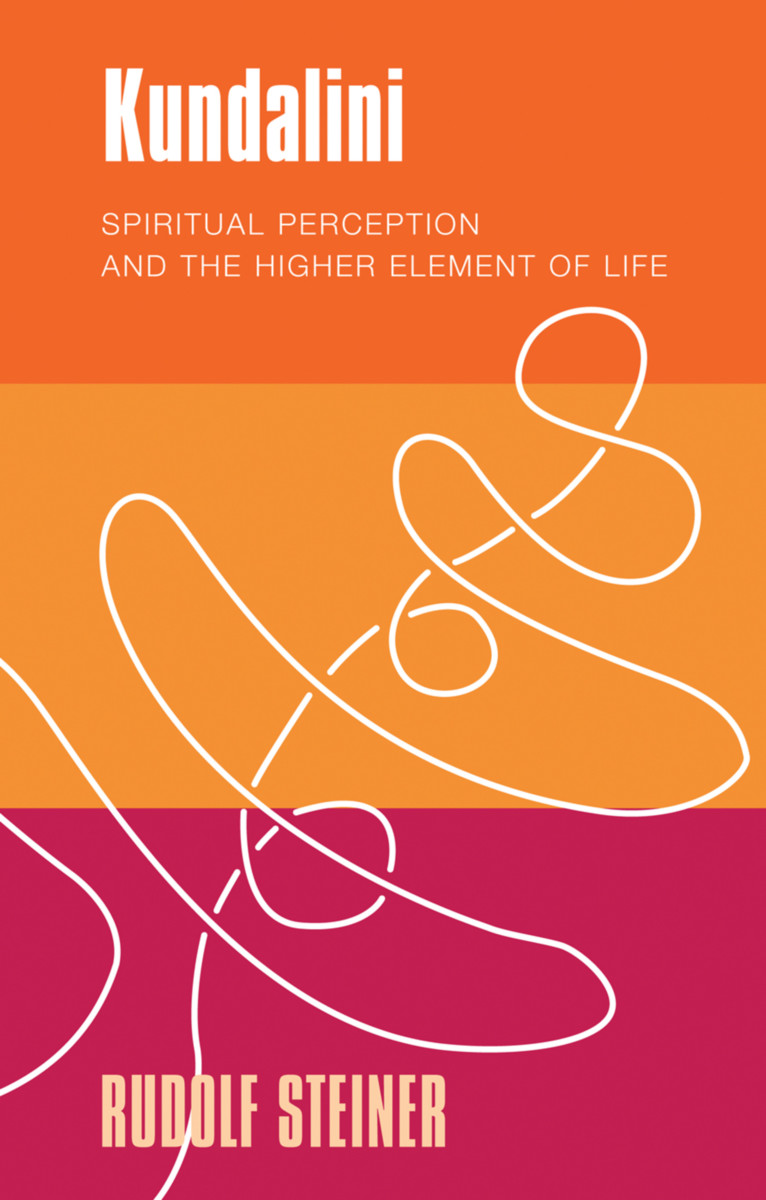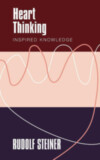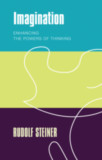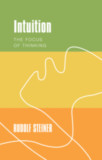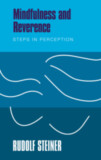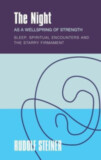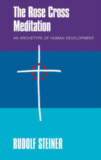Kundalini
Spiritual Perception and the Higher Element of Life
- Publisher
Rudolf Steiner Press - Published
1st August 2019 - ISBN 9781855845589
- Pages 172 pp.
- Size 5.5" x 8.5"
Selections from various volumes in The Collected Works of Rudolf Steiner
In Hindu tradition, the concept of kundalini refers to a form of primal energy located at the base of the spine. Traditional Eastern methods are practiced to “awake” one’s kundalini and achieve transformed consciousness. Rudolf Steiner offers an entirely different perspective that integrates the idea of kundalini into his spiritual philosophy.
This anthology contains relevant comments and notes by Steiner on this theme, highlighting the evolution of his thinking. In addition, it accentuates the differences and similarities between Western and Eastern spiritual paths and, in the process, reveals what is new and original in Steiner’s esoteric teachings.
In contrast to most yoga traditions, which cultivate the energy rising from the lower life center, the Western path of esoteric development begins in our upper center of consciousness—in thinking and in one’s “I.” From there, the center of experience is shifted downward, from the head to the heart. After developing a “new heart center,” as Rudolf Steiner describes it, one can guide forces consciously and, through specific exercises, the “kundalini snake” can be awakened fully.
In his detailed introduction, editor Andreas Meyer distils the perspectives and instructions from Steiner’s complete works, offering a valuable synopsis for our understanding and practice of meditation.
C O N T E N T S:
1. The Meaning of Meditation, and the Six Exercises
2. Developing and Cleansing the Lotus Flowers
3. The Snake Symbol
4. The Kundalini Fire
5. The Kundalini Light
6. Developing the New Heart Organ
7. The Reversal in Thinking and Will
8. Specific Aspects of Kundalini Schooling
9. Transforming Physical Love and the Division of the Sexes
10. Breathing, the Light–Soul Process, and the New Yoga Will
11. The Polarity of Light and Love
12. Transforming the Kundalini Fire into Fraternity
Rudolf Steiner
Rudolf Steiner (b. Rudolf Joseph Lorenz Steiner, 1861–1925) was born in the small village of Kraljevec, Austro-Hungarian Empire (now in Croatia), where he grew up. As a young man, he lived in Weimar and Berlin, where he became a well-published scientific, literary, and philosophical scholar, known especially for his work with Goethe’s scientific writings. Steiner termed his spiritual philosophy anthroposophy, meaning “wisdom of the human being.” As an exceptionally developed seer, he based his work on direct knowledge and perception of spiritual dimensions. He initiated a modern, universal “spiritual science” that is accessible to anyone willing to exercise clear and unbiased thinking. From his spiritual investigations, Steiner provided suggestions for the renewal of numerous activities, including education (general and for special needs), agriculture, medicine, economics, architecture, science, philosophy, Christianity, and the arts. There are currently thousands of schools, clinics, farms, and initiatives in other fields that involve practical work based on the principles Steiner developed. His many published works feature his research into the spiritual nature of human beings, the evolution of the world and humanity, and methods for personal development. He wrote some thirty books and delivered more than six thousand lectures throughout much of Europe. In 1924, Steiner founded the General Anthroposophical Society, which today has branches around the world.


